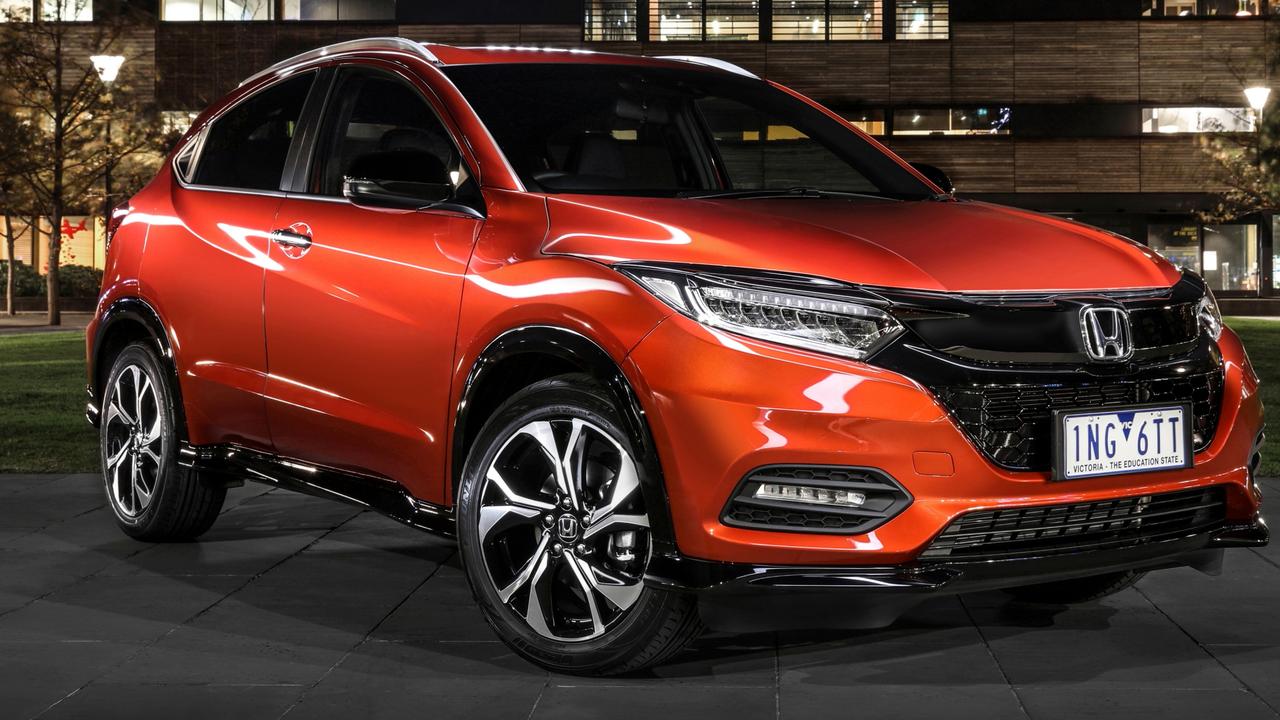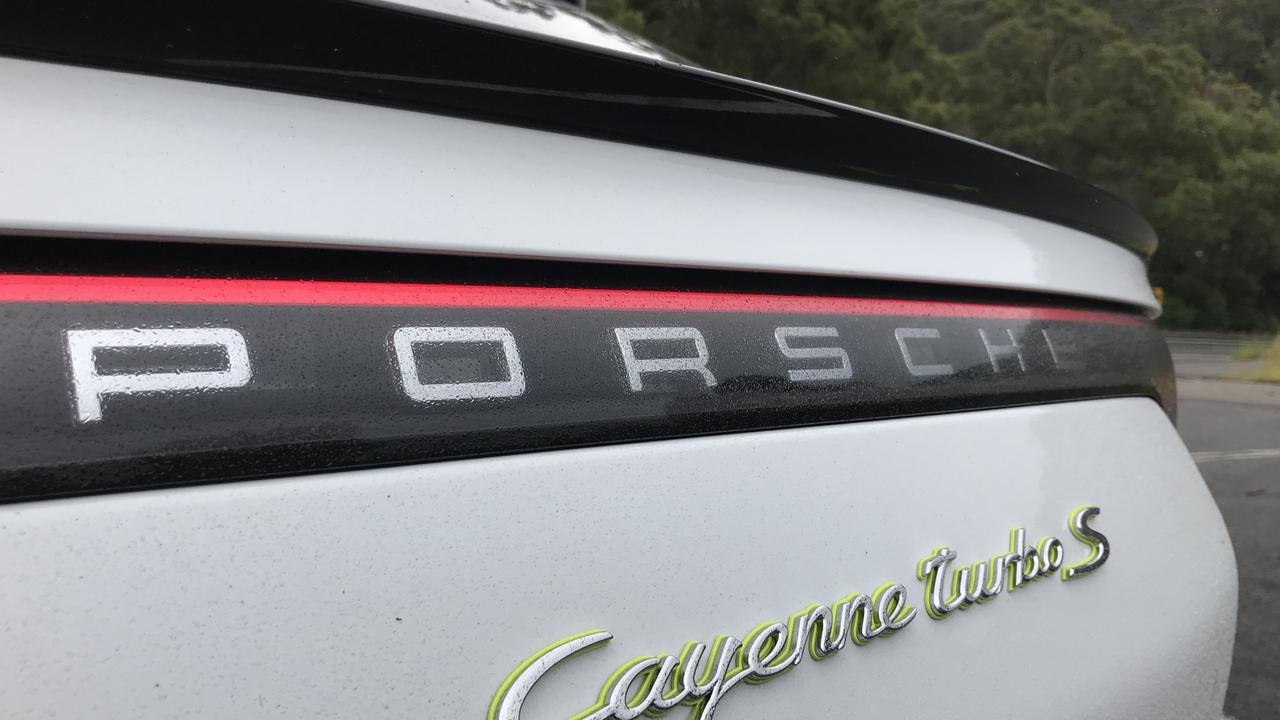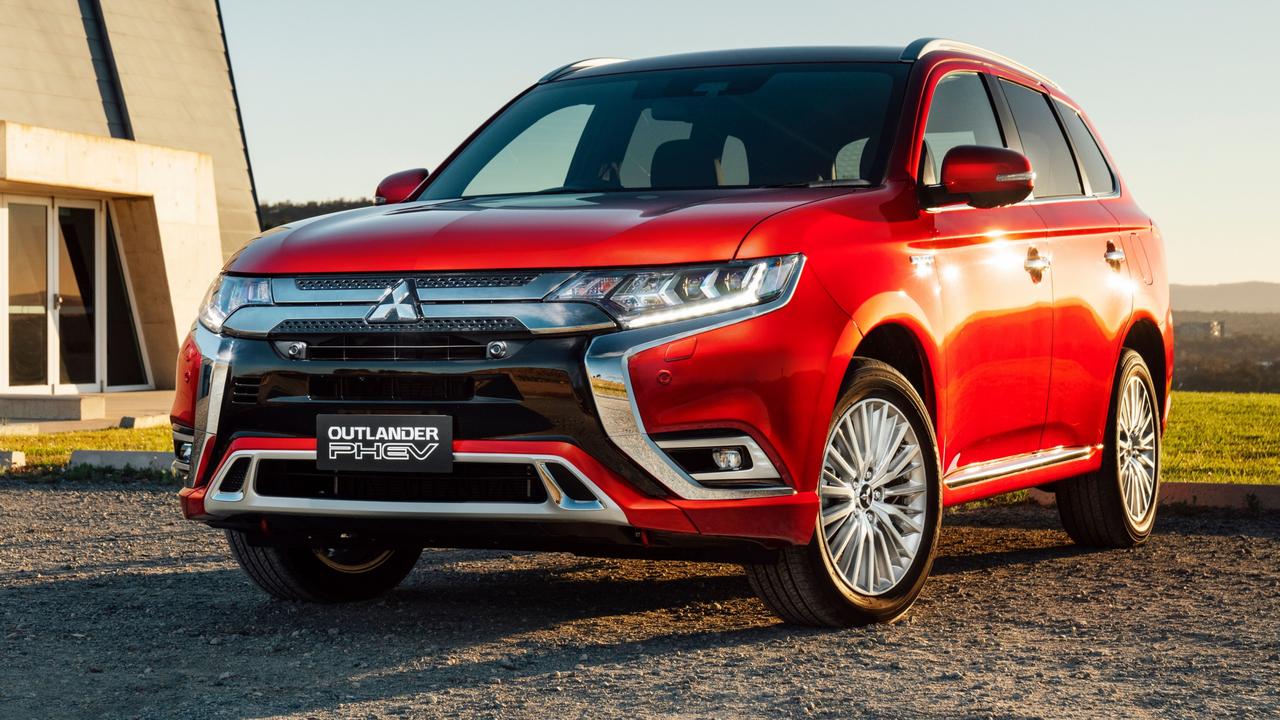A workhorse in progress
Giant Indian tractor maker is on a steep learning curve with its evolving SUV

WHEN the world’s largest tractor maker says it’s serious about selling SUVs in Australia, you have to wonder.
When that tractor maker is Mahindra, from India, you really have to wonder.
India is at the start of a very steep slope when it comes to the car business, even though Tata owns Jaguar Land Rover and Mahindra is investing in some big names, including the purchase of the Pininfarina design house.
But Mahindra is serious about learning and selling in Australia, starting with a seven-seater SUV that hits the road from just $29,000.
The fully loaded XUV 500 automatic all-wheel drive is still only $34,900 drive-away,
Those numbers look good and so does the list of equipment, which includes leather seats, aircon, alloy wheels and other mod-cons.
But a list is one thing and the reality of driving is something else. For me, running the XUV 500 over the customary route for The Tick, the difference is obvious from the first couple of kilometres.
There is also the matter of sales that have yet to reach the 1000-a-year threshold for inclusion in the official Vfacts showroom rankings.
The XUV has been around since 2012 with no major changes beyond the addition of a much-needed six-speed auto transmission — there is a six-speed manual, fitted only on the starter car — earlier this year. The automatic comes from Aisin, a proven supplier.
“Mahindra will always say their main objective is to be one of the most reputable brands by 2020. They don’t like to talk sales numbers,” says James Halliwell, marketing manager in Australia.

“We certainly have a goal to be in the top five in the tractor business in Australia in the next three to five years. And that helps us with our ute sales and we capture some SUV dealers and sales as well.”
Mahindra has 42 per cent of the SUV business at home in India, which means there are some people who like it.
Australia is one of the first serious export destinations for Mahindra, which is also the owner these days of Ssangyong of South Korea.
It is obviously worried about losing ground to Chinese brands and also knows it needs to learn some serious lessons before it can think about selling into the likes of the US. For comparison, the XUV 500 is about the same size overall as a Honda CR-V and has the same wheelbase as the Mazda CX-5 and Hyundai Santa Fe.
Mahindra has contrived to build in a boot with at least 500L of cargo capacity and third-row seats that are fine for kids, with pretty easy access.
The engine is a 2.2-litre turbo diesel with moderate outputs (103kW/330Nm), and it is rated for towing up to 2500kg. But it takes 5.4 seconds just to get from rest to 60km/h.
The Mahindra reminds me of the previous-generation Mitsubishi Pajero in size and style, and the price means it is likely to be shopped against a secondhand SUV.
Halliwell makes no excuses for the XUV and adds there will be a new petrol engine in the vehicle in May and that an all-new Pik-Up ute will reach Australia in June.
Mahindra is spending big and has already invested more than $1 billion at its factory at Chakan, which is becoming India’s automotive hub. But it’s effectively a start-up here with no huge ambitions for now.
“We’re fitting with our rural heritage for people with a rugged lifestyle. For a person that wants to go camping, this is the right car,” Halliwell says.
ON THE ROAD
On paper — the power and torque, standard equipment, price — the Mahindra looks pretty good. The feel is very different. Like an old Pajero.
My first impression is coloured by the interior finishing work, which is second or third-class by today’s standard. Plastic parts, though brittle, fit well enough; the switches feel loose and cheap; and even the seats — which come from a major maker — are lumpy and fitted with downscale leather that’s not trimmed well enough.

Under way, the Mahindra is noisy. Very noisy. And not particularly brisk.
But there is one giant plus — the suspension. India has awful roads and the XUV has clearly been developed to conquer them, which means it easily handles the worst conditions I can find.
The ride is pretty good, not just for a Mahindra but against SUVs including the CX-5.
The handling is OK, the brakes are OK and the car cruises fine at 100km/h.
But it has only a four-star safety rating, a big minus today, and I wonder why there is still a first free service at 5000km and then a paid service just six months later.
There is free roadside assist for three years but the Mahindra needs servicing every six months and that rings alarm bells when major makers list theirs at 12 months.
Yes, the Mahindra has seven seats — and its good to see high-mounted air vents for the second and third rows — which gives it an even bigger price advantage over five-seater rivals.
So it’s effectively $10,000 cheaper than something like a Honda CR-V and the gap to the seven-seater Nissan X-Trail is even greater.
The problem is the Mahindra people dn’t know yet what they’re up against. In Australia there are many truly excellent SUVs. They need to take a few — probably the CX-5 and Hyundai Tucson, as well as the excellent Kia Sorento with seven seats — back to India to understand what they face.

But, for now, they are well off the pace and needing more than just a price break to have any impact in Australia.
TICK OR NO TICK
The Mahindra is not horrible. Even so, it’s the least-good car I have driven for a long time (even if the now superseded Holden Colorado 7 matched it for engine noise and harshness, and dropped all of the plastic parts in the rear door on to the road during a trial run).
I can see that some country people might take the Mahindra on as a workhorse, alongside one of the Indian brand’s tractors, and someone coming from a secondhand car would find the price and equipment attractive.
But The Tick? Not now and not any time soon.
AT A GLANCE
MAHINDRA XUV 500
PRICE From $29,990 drive-away
WARRANTY 3 years/100,000km, free roadside assist
CAPPED SERVICING From $2240 for 3 years
SERVICE INTERVAL 5000km, then 10,000km
SAFETY 4 stars
ENGINE 2.2-litre 4-cyl turbo diesel, 103kW/330Nm
TRANSMISSION 6-speed man/auto; RWD/AWD
THIRST From 6.7L/100km
DIMENSIONS 4585mm (L), 1890mm (W), 1785mm (H), 2700mm (WB)
WEIGHT From 1840kg
SPARE Full-size
TOWING 2500kg



